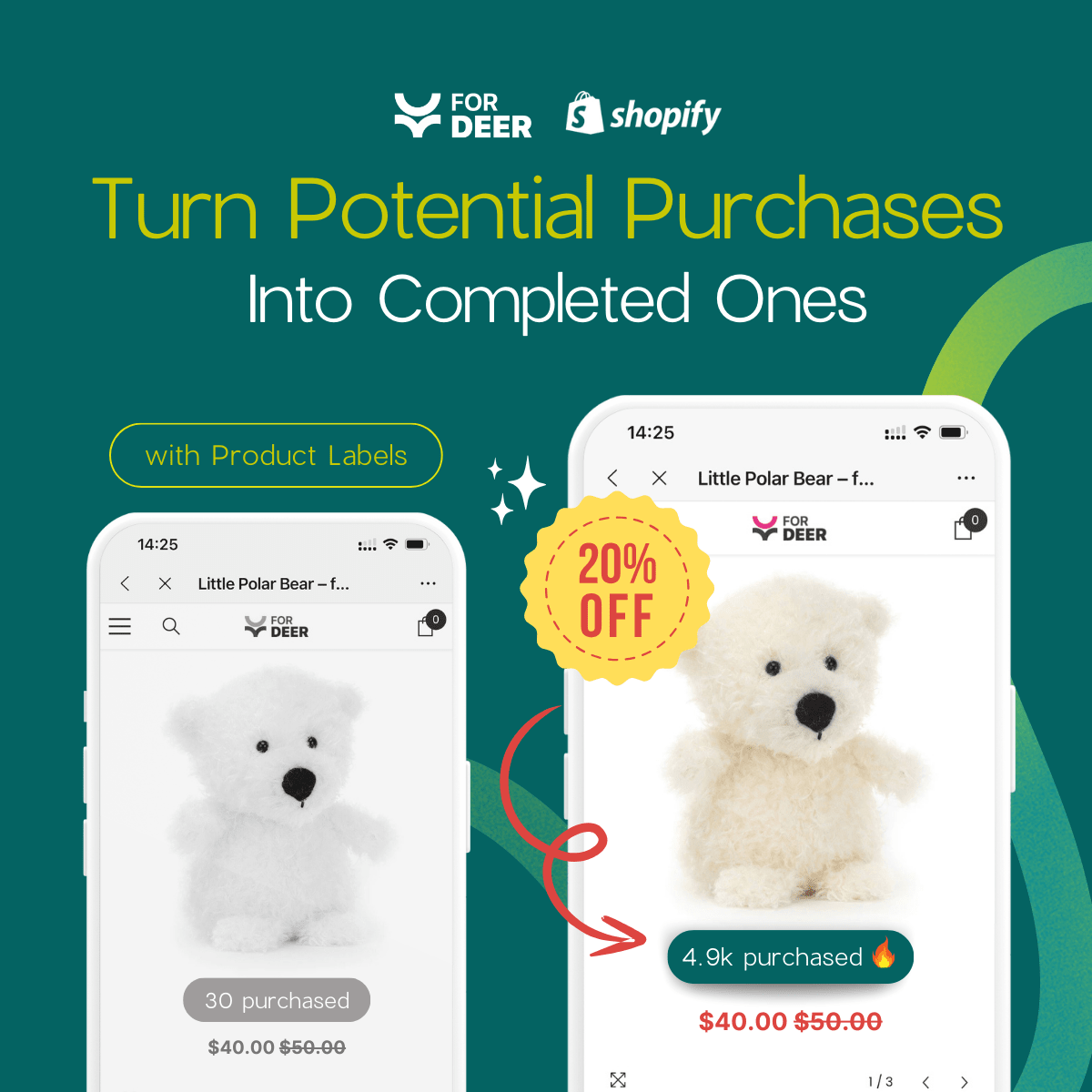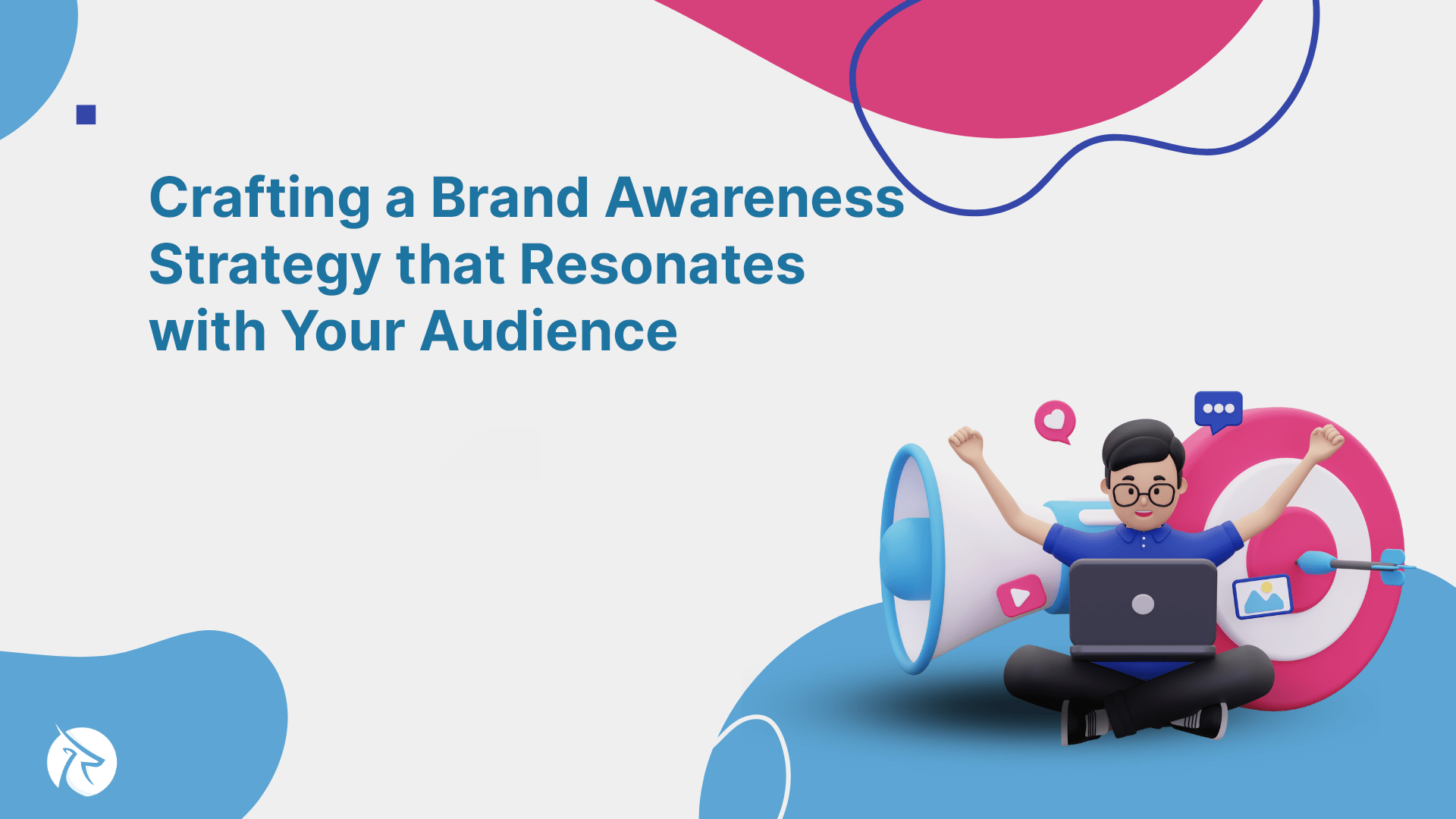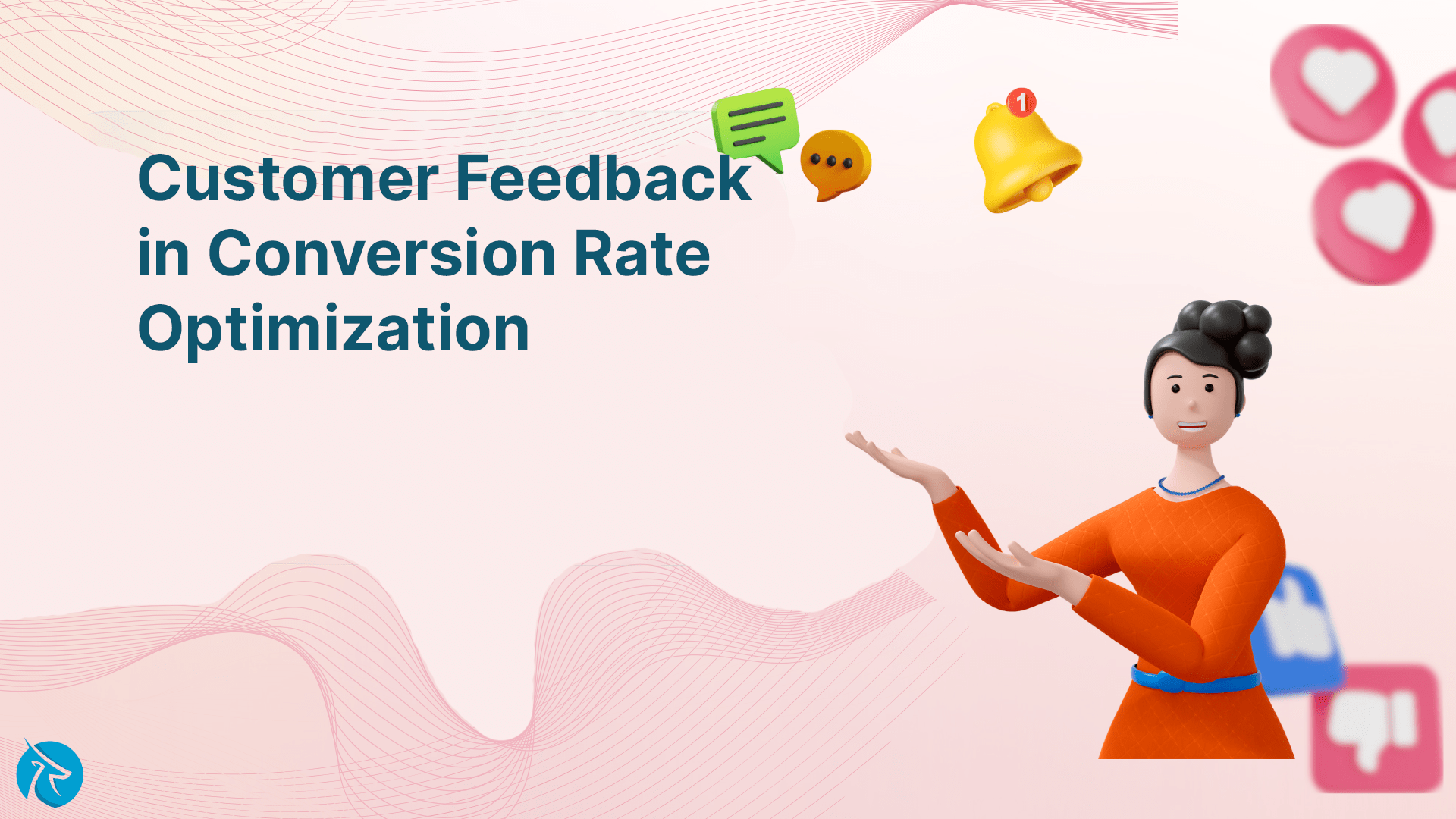Omnichannel vs. Multi-channel: The differences
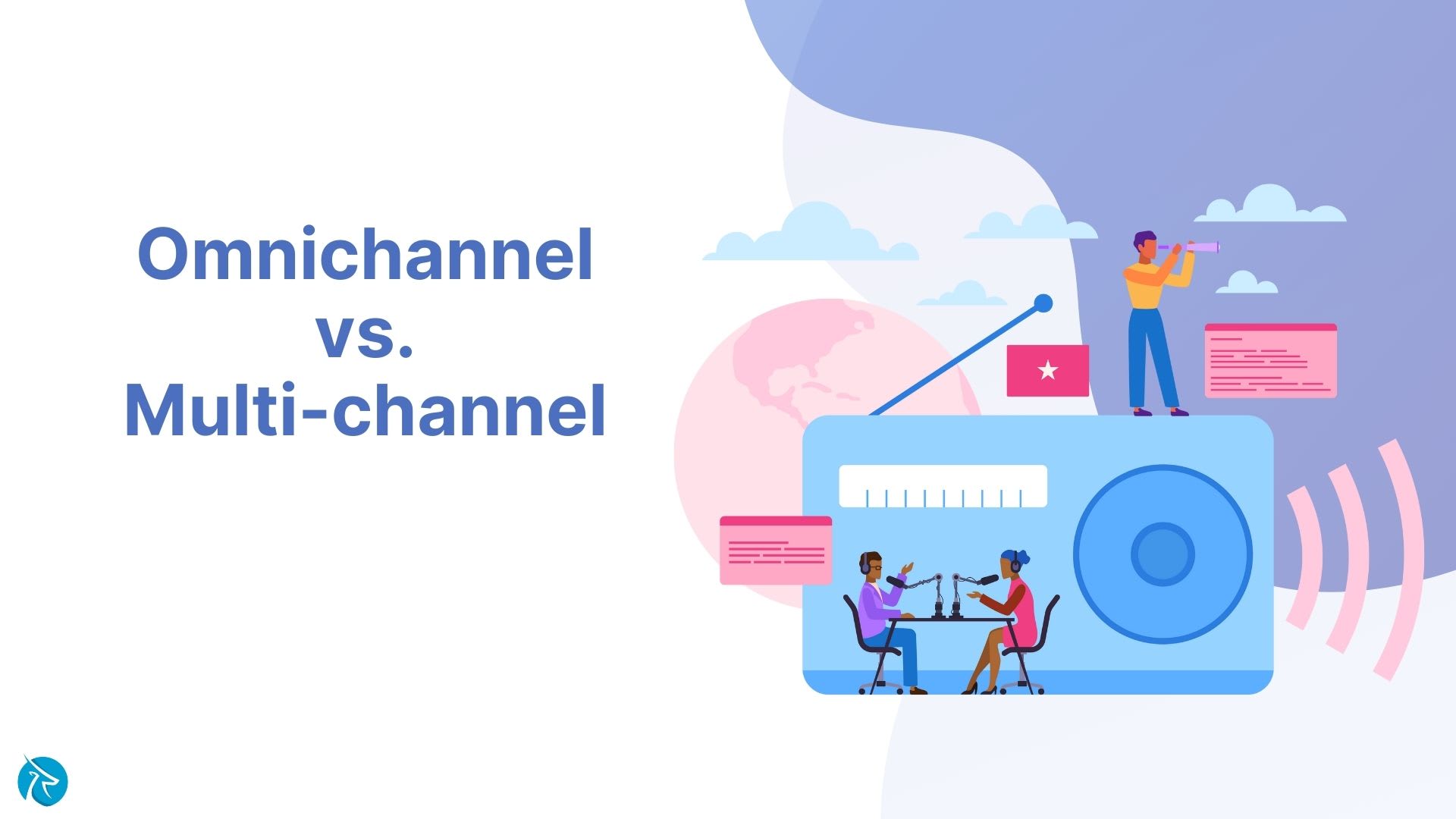
Fordeer Team is sure that the two terms that are frequently thrown around in the landscape of business strategies are “omnichannel” and “multichannel”, right? While they may sound similar, these approaches have distinct characteristics that can significantly impact how businesses connect with their audience.
Let’s now dive into the nuances of omnichannel and multi-channel and uncover the differences that could shape your company’s customer experience.
Understanding Omnichannel and Multi-channel
What is omnichannel?

Omnichannel refers to a strategic approach that businesses adopt to provide a seamless and integrated customer experience across multiple channels. These channels can include physical stores, online platforms, mobile apps, social media, and any other touchpoints where customers interact with a brand. The key idea behind omnichannel is to create a unified and consistent experience for customers, regardless of the channel they use.
How does omnichannel marketing work?
In an omnichannel strategy, the focus is on breaking down silos between different channels and ensuring that they work together harmoniously. This involves integrating data, processes, and communication across channels, allowing customers to transition effortlessly between them. For example, a customer might browse products on a mobile app, make a purchase on the website, and later return or exchange the item at a physical store—all while experiencing a consistent and cohesive journey.
Omnichannel aims to provide customers with a holistic and personalized experience, understanding that individuals may switch between channels during their buyer's journey. It leverages technology and data analytics to gain insights into customer behavior, preferences, and interactions across various touchpoints, allowing businesses to tailor their strategies and offerings accordingly.
In summary, omnichannel is about creating a unified and integrated customer experience that transcends individual channels, ensuring a seamless journey for customers as they engage with a brand across different platforms.
What is multi-channel?
Multichannel refers to a business approach where a company interacts with customers through multiple, independent channels. These channels include physical stores, online platforms, social media, email marketing, and more. In a multichannel strategy, each channel operates as a separate entity, and interactions may not necessarily be synchronized or connected.
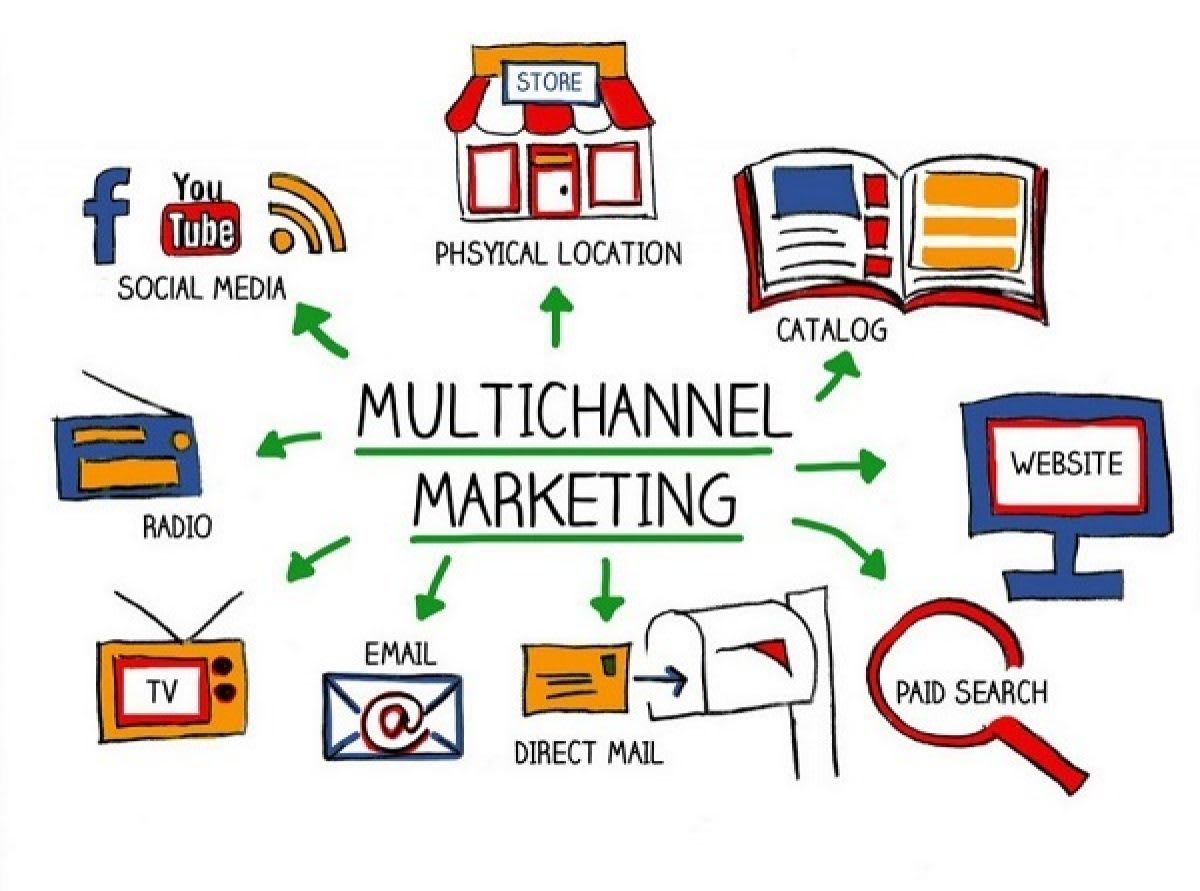
How does multichannel work?
Unlike omnichannel, which aims for a seamless and integrated experience across channels, multichannel often involves managing each channel independently. This can result in customers having distinct experiences based on the channel they choose, with less emphasis on coordination and consistency between different touchpoints.
In a multichannel approach, businesses may focus on establishing a presence in various channels to reach a broader audience. However, the challenge lies in ensuring a cohesive brand image and customer experience across these diverse channels. Each channel operates in its own silo, catering to customers who prefer specific platforms without necessarily considering their interactions on other channels.
While multichannel can be a valuable strategy for expanding a brand's reach, it may not provide the same level of seamless continuity as an omnichannel approach. Nevertheless, businesses often adopt a combination of multichannel and omnichannel strategies based on their goals, resources, and the preferences of their target audience.
The Differences Between Omnichannel and Multi-channel
Key features of omnichannel
Integration and unity
In the realm of omnichannel, the magic lies in providing customers with a unified and integrated experience. Take, for instance, a scenario where customers effortlessly transition between online and offline channels without encountering any dissonance. It ensures that the customer’s journey flows smoothly, and they are satisfied with that.
This concept comes to life when a customer, inspired by an online promotion, decides to visit a physical store to explore the products in person. Thanks to omnichannel, the transition is flawless, with the brand maintaining a consistent vibe, from the engaging online experience to the welcoming ambiance of the physical store.
Omnichannel is not just a strategy; it's a commitment to creating a narrative that resonates across every touchpoint. It's the assurance that whether a customer interacts through the website, a mobile app, or steps into a brick-and-mortar store, the experience is not just consistent but harmoniously interconnected.
Customer centric
In the world of business strategies, omnichannel is the friendly guide that puts the customer right in the spotlight. You can imagine it as the VIP treatment, acknowledging that customers love to navigate through various channels during their shopping adventures.
Consider this delightful scenario: A customer, let's call them A, embarks on a product discovery journey. A starts by researching a must-have item online, soaking in all the details and reviews. Then, feeling a bit adventurous, A decides to spice things up and visits a physical store to get a hands-on experience with the product. But here's where the magic happens: A, now fully convinced of the purchase, seamlessly wraps up the transaction through a user-friendly mobile app.
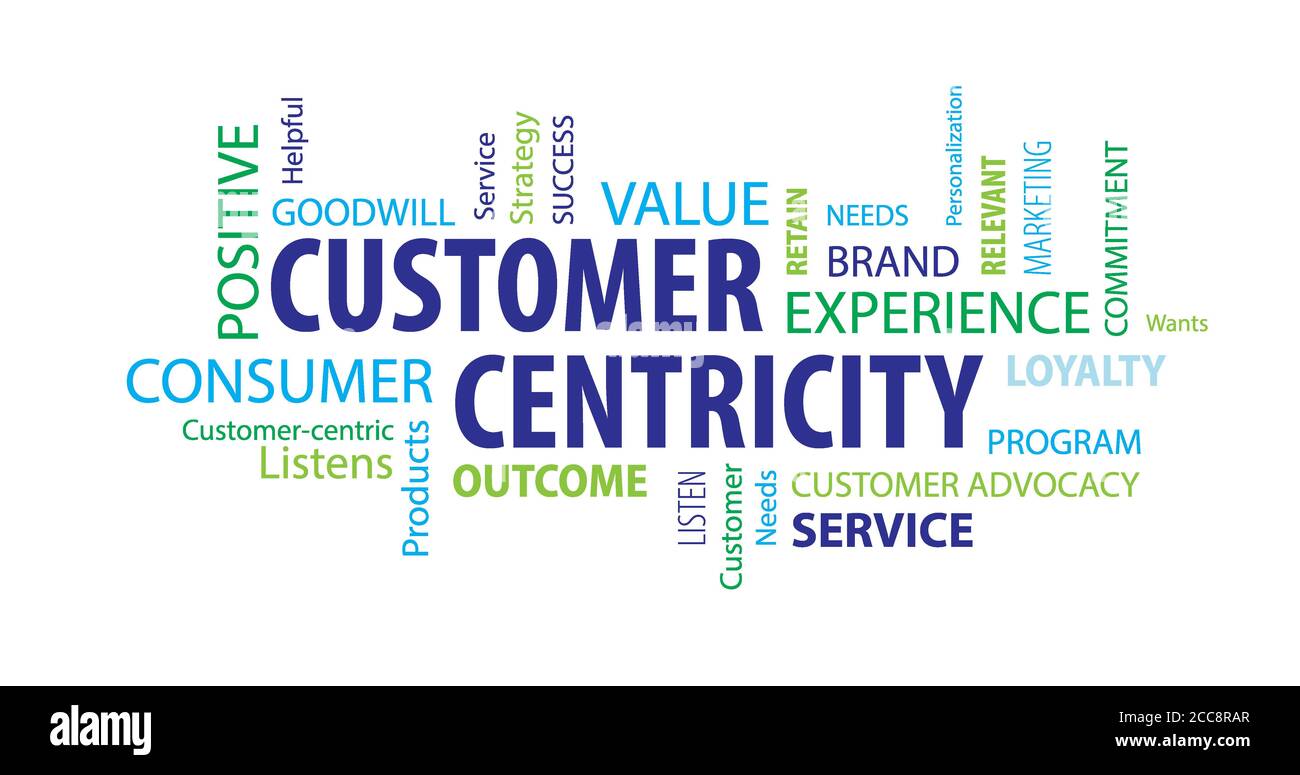
See what we did there? Omnichannel recognizes that each channel plays a unique function in the customer's journey. It's not just about offering options; it's about creating a seamless flow that lets customers dance through their preferred channels without missing a beat.
Consistency
Omnichannel is like a friendly guide that ensures everything about your brand feels like a warm hug, no matter where your customers find you. It’s all about keeping things consistent - from the way your brand speaks to customers, the visuals and vibe they get, to the overall experience they have, be it on social media or in your brick-and-mortar store.
When a customer sees your brand on social media, falls in love with what you offer, and decides to check out your physical store. With an omnichannel strategy, the look, feel, and communication remain a constant. The cozy and familiar atmosphere they experienced online seamlessly translates into the physical space. It's like having a brand companion that stays true and reliable, whether your customers are browsing through your Instagram feed or exploring your store aisles.
So, in essence, omnichannel isn't just about being present everywhere; it's about being present consistently, creating a comforting harmony that resonates with your customers, no matter where they choose to engage with your brand. It's like having a brand buddy who's always there, ready to make every interaction feel like a delightful continuation of the last.
Data integration
In the enchanting world of omnichannel strategies, businesses cast a spell that brings together data from diverse channels, revealing valuable insights into the hearts and minds of their customers. Imagine it as a magical tapestry where every thread is a customer interaction waiting to be woven into a seamless, personalized experience.
Let's say a customer expresses their love for a particular product on social media. In an omnichannel wonderland, this affectionate gesture doesn't go unnoticed. When the same customer explores the brand's website or steps into a brick-and-mortar store, the magic unfolds.

When recommendations tailored to their preferences surface, you can create a sense of continuity and familiarity that feels as cozy as a cherished book series. This integration of data from various channels isn't just about collecting information; it's about crafting an experience that resonates with customers on a personal level.
Seamless transition
When your customers start hunting for the perfect product online, perhaps add it to their cart. But then they decide to hit the pause button. Now, here's where the magic of omnichannel kicks in: when your customers walk into a physical store or when your customers, you pick up right where you left off online.
It's seamless, with your purchase journey flowing effortlessly from one channel to another, ensuring a hassle-free and delightful experience. That's the beauty of omnichannel, where every channel works together to make your shopping adventure as smooth as silk.
Key features of multi-channel
Independent channels
With multi-channel, businesses manage different channels independently, putting less emphasis on coordinating their efforts. Imagine a company with an online store, a charming physical shop, and a lively presence on social media. It's like having these friends pursue their unique passions without necessarily collaborating closely.
For instance, customers might encounter different vibes when engaging with the company across its various channels. The online store could offer a tech-savvy and efficient experience, the physical store might provide a hands-on and personal touch, and the social media presence might reflect a more casual and interactive side of the brand. While these channels coexist, they operate somewhat independently, akin to friends maintaining their individual interests.
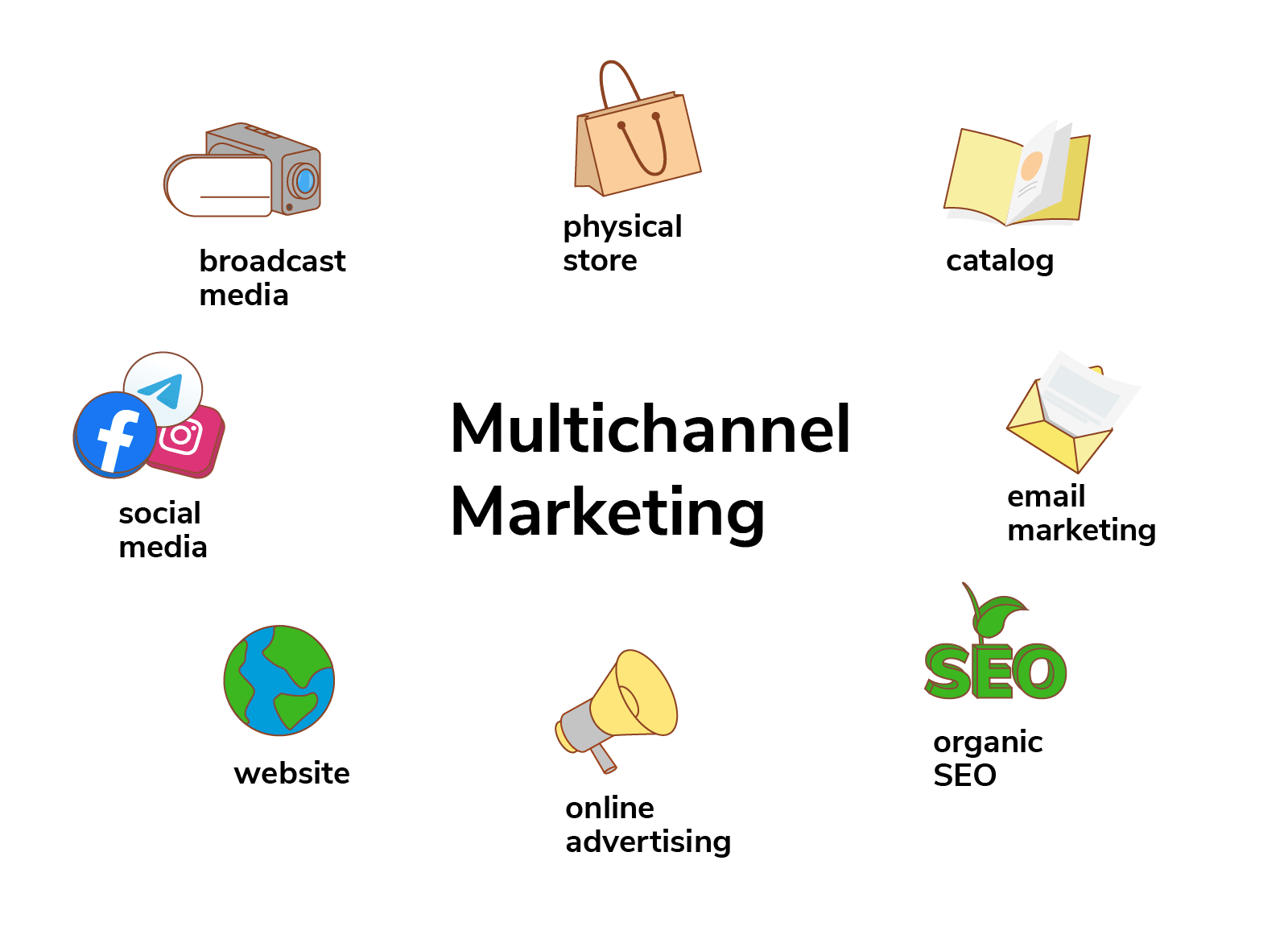
Multichannel is about offering diverse avenues for customer interaction, acknowledging that each channel has its strengths and appeals to different preferences. It's like having a buffet of options for customers to choose from, and while they may not seamlessly blend together, they still contribute to the overall experience.
Varied experiences
In the world of multichannel strategy, each channel is like its own unique universe, offering customers a distinct encounter. It's like stepping into different rooms of the same house, each with its own vibe and surprises. So, whether you're navigating through the virtual aisles online or strolling down the aisles of a brick-and-mortar store, expect a delightful but slightly different flavor in each space.
This approach lets businesses spread their wings across various channels, providing customers with diverse touchpoints to engage with the brand. While it might mean a touch of variety in the customer journey, the trade-off is a broader reach and accessibility for everyone's unique preferences.
Channel-focused
Multichannel strategies involve the discrete treatment of individual channels, each regarded as an autonomous entity with its distinctive strategies and objectives. For instance, within the realm of marketing, the strategies devised for an online platform may not invariably align with considerations for the customer experience in a physical store.
This paradigm views each channel as an independent player, akin to distinct members within a diversified team. Consequently, the tailored strategies for one channel may operate in relative isolation from those of another, potentially leading to disparate customer experiences across various touchpoints. In essence, while multichannel strategies acknowledge the autonomy of each channel, they also entail the challenge of ensuring coherent and synchronized brand representation throughout the diverse landscape.
Diverse presence
On the website, customers can browse through a wide array of products at their own pace, enjoying the convenience of online shopping. The mobile app brings the store right to their fingertips, offering a seamless and on-the-go experience. And for those who love the tangible feel of products or enjoy a bit of in-person shopping therapy, the physical stores are ready to welcome them with open doors.
The magic happens when a company strategically manages these channels, recognizing that each one has its own unique strengths. It's not just about reaching a broader audience; it's about meeting customers where they are and making their journey delightful, whether they're clicking through a website, tapping on a mobile app, or strolling through the aisles of a physical store.
To initiate this approach and maintain a professional and consistent image, our Fordeer PDF Invoice Generator can support your business in building a brand with a professional PDF invoice template by picking one dazzling from our gallery, tailoring the invoice to fit your brand, and so much more. You can check it out!
Over to you,
In the omnichannel vs. multichannel debate, the ultimate goal is customer delight. Whether you opt for the orchestration of omnichannel or the diversity of multichannel, the key is to create an experience that resonates with your audience and keeps them coming back for more.
Understanding these differences can empower your business to make informed decisions that pave the way for lasting customer satisfaction and business growth. Fordeer hopes all’s well on your journey ahead!



